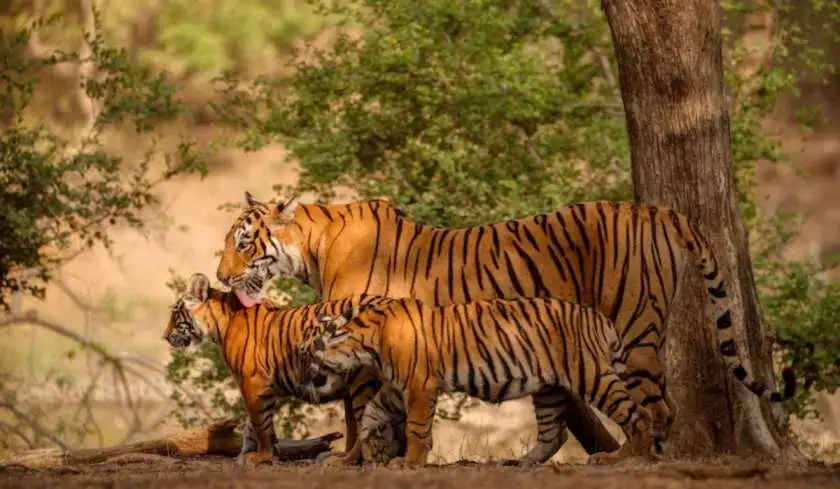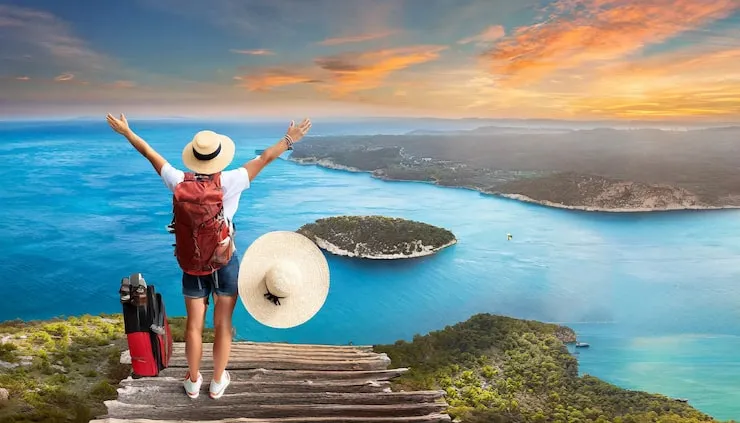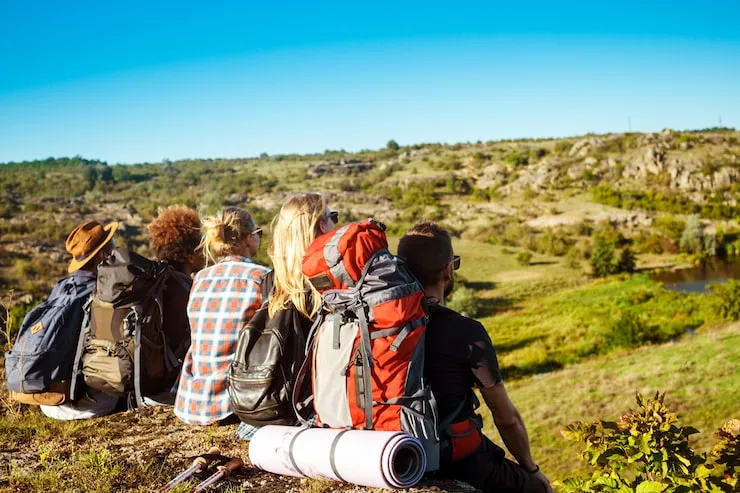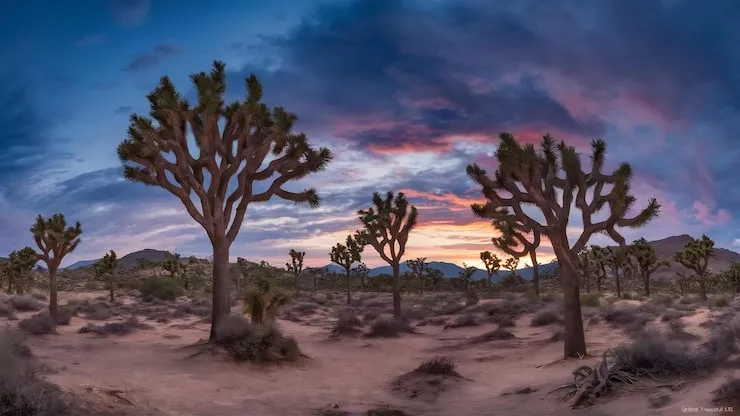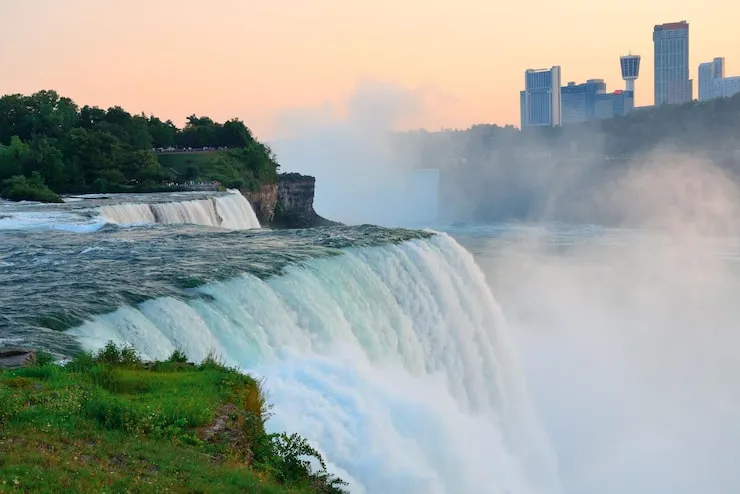Not many know what to expect when they head into the Sundarbans. And frankly, no one tells you either. You leave Kolkata thinking it’s a forest trip. It’s not. It’s more like being dropped into the middle of nowhere, where the land gives up, the river takes over, and everything feels like it’s been this way for longer than you can imagine. The air? Damp. The silence? Heavy. The people? Quiet, like the forest taught them something long ago.
First You Travel, Then You Drift
Getting there isn’t complicated. It’s just not normal. A train or car ride takes you to the edges — places like Canning or Godkhali. After that, the road gives up and the boats take charge. Old ones. Loud engines. Wooden decks. No seats, just ropes, tarps, and buckets.
The water doesn’t look like water. More like wet earth moving slowly. The boatman doesn’t talk much. Neither does anyone else. And that’s the moment it starts. Not the safari — the feeling.
There’s Supposed to Be a Tiger
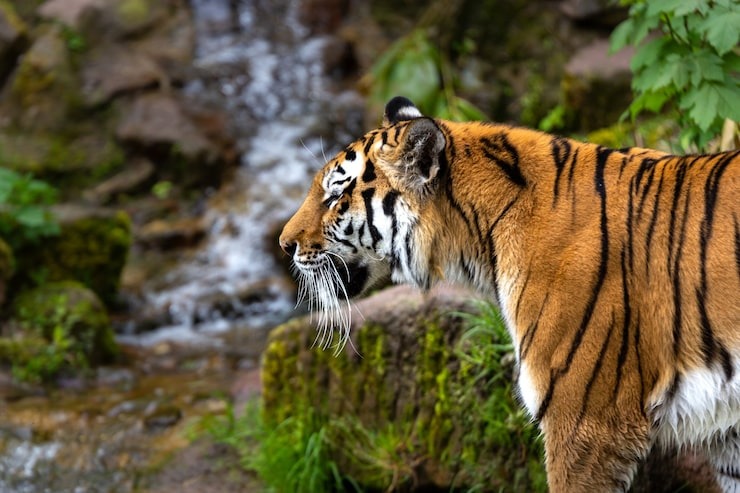
Everyone says they want to see one. The Royal Bengal Tiger. The star of this forest. But honestly? It’s not a zoo. The tiger doesn’t do tricks. Most people don’t see it. And that’s okay.
Sometimes the guide points. “Pugmark.” Maybe. Or maybe just a mark. Still, nobody talks when that happens. Eyes scan the bush. Neck hairs rise. Something changes, even if the tiger never appears. The forest doesn’t care what you came to see. It was here before your boat showed up. It'll be here when you’re gone.
Other Creatures Don’t Mind an Audience
Crocodiles don’t move unless they want to. One was lying there like a log. Big. Very still. Eyes open. Birds? Too many. Some with colors that don’t match anything else in the landscape. A few fly so fast you only notice the splash. A kingfisher once sat on the engine pipe for five minutes, not bothered by anyone. Just sat there.
Monkeys chatter, deer show up and vanish fast. We saw a boar running like it was late for something. There’s life everywhere. Most of it hidden. Some of it watching you back.
People Live Here. Yes, Right Here
Villages float between islands. Huts made of whatever survived the last storm. Fishing nets hung from trees like clothes. Kids run barefoot on mud paths that look ready to slide into the river.
Locals grow rice. Sort of. Too much salt in the ground. So they raise shrimp. Or go into the forest to collect wild honey — risky job. The kind where you say goodbye before leaving.
One man pointed at his boat and said, “Lost my brother there. Tiger came from behind. Gone in seconds.” Then he changed the subject. They talk like that here. Straight. No drama.
Read more:- Kalimpong: The Quiet Hill Escape Your Family Will Love
Bonbibi Keeps Watch
Every house, every boat — there’s a picture of her. The forest goddess. Bonbibi. She’s supposed to protect people who respect the rules of the forest. They don’t take her lightly. Even the guides stop at shrines before entering certain creeks. It’s not religion, really. It’s survival.
It’s Not About Comfort
This isn’t a fancy getaway. There’s no room service, no pool, no guarantee. The food’s basic — boiled rice, lentils, a little fish. Sometimes more, sometimes less.
You sleep in wood cottages or homestays that run on solar panels when the sun’s been kind. Electricity comes and goes. The fan clicks. Mosquitoes stay. But after a full day on the river, listening to nothing but birds and water, you don’t really miss anything.
Best Time to Visit? Depends on You
Most go in winter — November through February. It’s cooler. Better visibility. Less sweating.But some guides say summer is quieter, more real. Fewer boats. More silence. Monsoon? Dangerous. Beautiful. Risky. Depends on your luck and what you want — comfort or truth.
Change Is Coming.
The Sundarbans is... well, not how it was 20 years ago. More salt in the fields. More riverbanks falling in. Some islands — gone. Cyclones hit hard. People rebuild what they can. Move inland if they have to. Some don’t. They say the forest gave them life. And now it’s taking it back. Kids still smile. Fish still swim. The forest still stands. For now.
The Takeaway Is Not What You Think
You probably won’t get a perfect photo. You may not see a tiger. There won’t be any brochure moments. But something will stay with you. A sound maybe — the boat engine turning off. Or the stillness before a bird cries out. Or that second when you’re sure something just moved behind the trees. That’s what people carry home. That, and the smell of salt and wet leaves.



